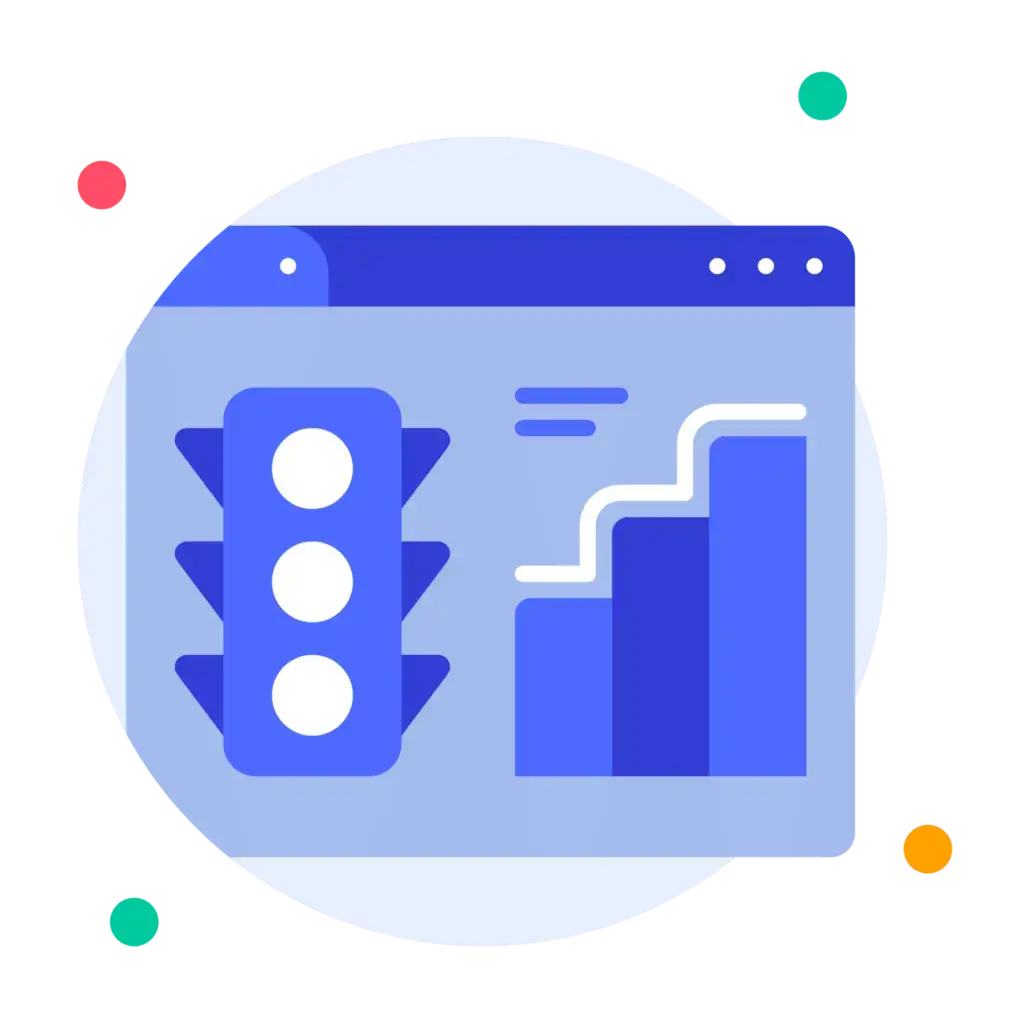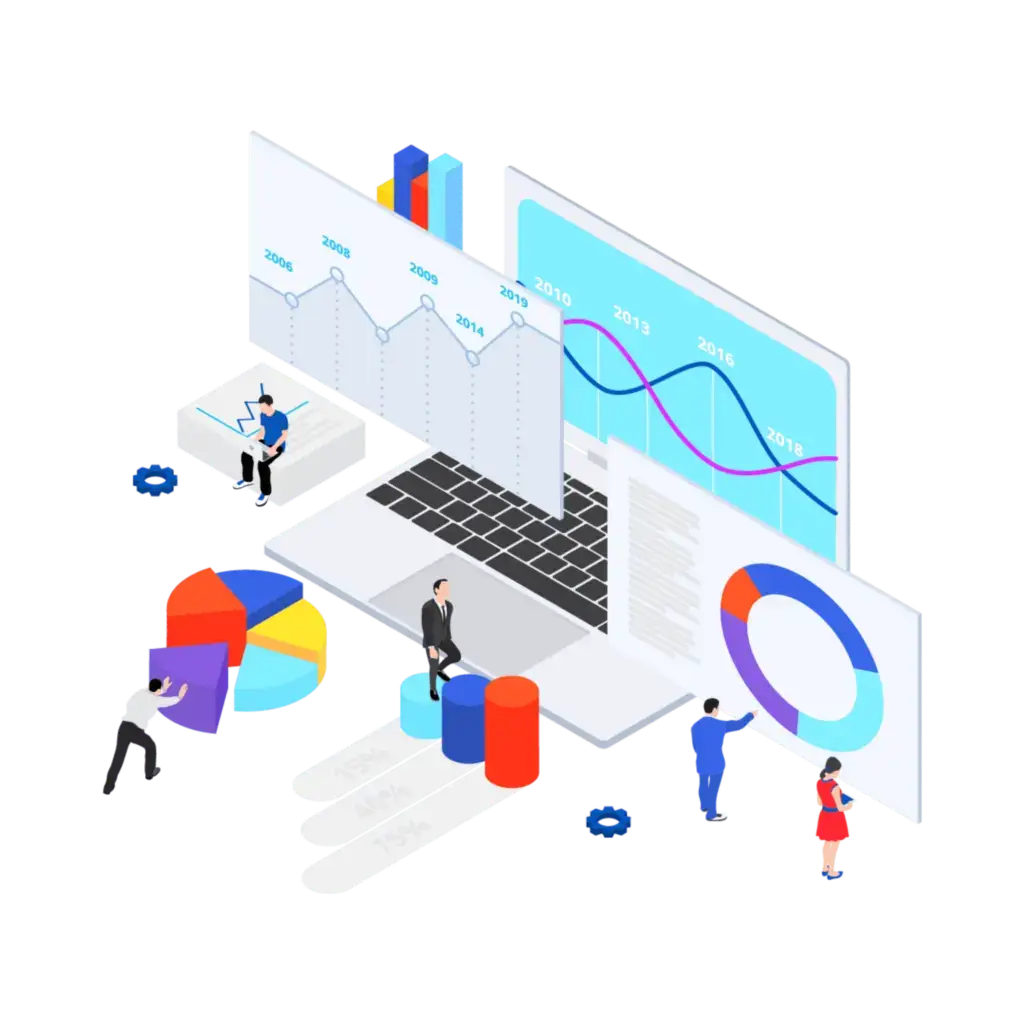Discover how alternative data is transforming industries, from hedge funds to HR. Learn what alternative data is and how it’s used to gain a competitive edge.
In today’s data-driven world, there is no shortage of information out there. However, traditional datasets can only provide so much insight. This is where alternative data comes in.
Alternative data is any type that doesn’t come from traditional sources and can be used to learn about different industries and markets. In this blog, we will take a deep dive into alternative data: what it is, how it has grown over the years, and its sources.
We’ll also talk about how businesses can make money with alternative data and how it can be used in the real world to make investment decisions, do predictive analysis, and improve business operations.
Additionally, we will discuss challenges related to scraping alternative data and the future of alternative data with AI and Machine Learning Integration.
Finally, we will touch on IPBurger residential proxies and their importance in obtaining accurate alternative data while maintaining privacy.
Introduction to Alternative Data
Alternative data is a new type of data different from traditional sources. It gives financial institutions a unique look into the investment process without putting consumer privacy at risk. More than half of institutional investors plan to use alternative data more in their investment decisions.
Alternative data can be used for various investment purposes, such as assessing risk, analyzing the market, and getting the most out of a portfolio. However, working with alternative data poses access, quality, and compliance challenges. When investors use alternative data, they must consider new opportunities and risks.
Overall, alternative data is an exciting development in the world of finance that has the potential to revolutionize the way we analyze and invest in the future.
The Growth of Alternative Data
Alternative data refers to information investors, and analysts get from non-traditional sources to help them make better investment decisions. The unprecedented environment of 2020 has seen alternative data come of age, with the market expected to grow 10x by 2027. 78% of hedge funds plan to use alternative data within the next year. However, experts are still needed for interpretation.
The alternative data market was valued at $1.06 billion in 2019 and is expected to grow at a CAGR of 40% between 2020 and 2027 due to the exponential increase in data. As a result, real-time data and rapidly expanding sources have increased alternative data providers from 100 to almost 450 over the past ten years. Better computers have also made it easier to analyze alternative data, which gives information analysts and investment firms another piece of evidence. Overall, the growth of alternative data presents an exciting opportunity for investors to gain a competitive edge in the market.
Sources of Alternative Data
Alternative data is any non-traditional data source that can be used to learn about consumer behavior and trends, help make investment decisions beyond traditional financial reports, and give unique and timely information about investment opportunities. Alternative data sources include social media activity, satellite images, web scraping, credit card transactions, and weather patterns. Alternative data is becoming increasingly popular in the finance industry as investors seek ways to gain a competitive edge that traditional financial reports can’t give them. However, it is important to note that alternative data must comply with regulatory and ethical standards.
Web Traffic and App Usage

Alternative data are sources of information that aren’t usually used to gather information but can still tell us about how people act and how the market is changing. Web traffic and app usage are two key sources of alternative data businesses can use to understand their customers better.
Individuals and companies generate alternative data through social media interactions, transactions, and web activity. Information arbitrage opportunities can be found in how people use websites, such as how long they stay on a site and how many questions they ask. App usage data, including engagement and reviews, can be used for gaming, food delivery, and streaming services.
Credit/debit card transaction data is another valuable source of alternative data. This data type is very accurate when the transaction panel is large and includes a consistent sample of users. Businesses can benefit greatly from incorporating alternative data sources like web traffic and app usage into their analysis to gain deeper insights into customer behavior.
Social Media and Sentiment Analysis

Alternative data refers to any type of data that is not traditionally used in financial analysis. One source of alternative data is social media sentiment analysis. This method uses web scraping tools to estimate public sentiment based on social media and news websites’ content. Sentiment data from social media can tell us a lot about current market trends and changes in how people act.
People’s social media interactions create a lot of unstructured alt data daily, which can be used as one of many factors in business decisions. Quants use alternative data, such as social media sentiment, credit card transactions, and consumer sentiment analysis to enhance computer trading models. Hedge funds commonly utilize traditional and alternative data sets, including credit card transactions, traffic patterns, and consumer sentiment analysis to provide better predictions for certain industries. Investors can better understand market trends and make better investment decisions by looking at information from different sources.
Satellite Imagery and Geolocation

Alternative data are sources that aren’t the usual ones but are still used in finance, investments, and business analysis. One important alternative data source is geolocation data collected from sensors like satellites. With this kind of data, investors can learn about foot traffic and other factors that affect it, which can help them make better decisions.
Satellite imagery, such as optical and infrared images, can also be used as a source of alternative data. This type of imagery can provide valuable information about pollution, particulate matter, weather conditions, and other environmental factors.
Alternative data, including satellite imagery, social media posts, and credit card transactions, is collected from various sources and assessed by technology and human experts before being distributed. It has many practical applications, such as monitoring shipping container receipts or tracking the movement of products for better supply chain management.
Using alternative data sources such as satellite imagery can give investors a more complete picture of markets and companies. Businesses and investors can learn things they didn’t know before by combining traditional financial analysis with alternative data analytics.
Generating Value from Alternative Data
Alternative data are sources of information that are not usually used to gather information, such as credit card transactions and comments on social media. It is used in hedge funds, algorithmic trading, and alpha generation to provide an edge in the market. Alternative data opens up new ways to make money and find investment risks that might not be obvious when using traditional data analysis.
Alternative data can be used for three main types of investment: making alpha, managing risk, and building a portfolio. For example, satellite images can help people in the agriculture or retail industries develop ideas for how to trade.
Using alternative data is still relatively new but has shown promising results. However, there are also potential risks associated with using alternative data that investors need to be aware of, such as privacy concerns and potential biases in the data. Overall, alternative data adoption in investing and finance creates new rewards and risks that investors need to consider when making investment decisions.
Aggregating and Analyzing Data
Alternative data refers to things like social media activity, web traffic, and satellite images that aren’t usually a part of traditional financial analysis. Generating value from alternative data can involve a number of different processes.
One way is to use web scraping to gather much-unstructured data that analysts and investors can understand. This is called “data harvesting.” Raw data acquisition is another method. This method collects large amounts of unprocessed data, but they must be cleaned up before being analyzed.
Entity mapping and ticker tagging are often used to turn raw alternative data into something hedge funds, investment firms, and analysts can use. Public data providers also add value by collecting and aggregating actionable data from sources such as SEC filings, patent data, and government contracts.
Satellite data collection can be useful but expensive for investment teams tracking supply chain disruption or monitoring agriculture yields. Additionally, image processing is necessary for this alternative data to be valuable in analyzing construction and oil & gas production/storage.
Overcoming Ticker Tagging Challenges
Alternative data is becoming increasingly popular in the finance industry, particularly for generating value in investing. Quants are using alternative data to enhance current trading models, with customer sentiment and social media feed being examples. Alternative data sources include individuals who generate unstructured data from social media interactions and searches and companies who produce structured data from transactions.
Alternative data can provide alpha through collective intelligence investing, with traditional and certain types of alternative data, such as credit card transactions and consumer sentiment analysis commonly used by hedge funds. However, there are some challenges in utilizing alternative data effectively, such as ticker tagging. Despite these challenges, overcoming them to generate value from alternative data in investing and finance is possible.
Ensuring Data Quality
Alternative data gives investors a unique look at investment opportunities and can show things that traditional data can’t in real-time. However, generating value from alternative data can be challenging due to the difficulty in cleaning and analyzing unstructured data.
To ensure that alternative data is of high quality, it’s important to have a process for cleaning and standardizing the data before analysis. Common alternative data sources include credit card transactions, mobile device data, geolocation data, and satellite imagery. Geospatial data, for instance, can help identify broader trends such as supply chain capacity considerations.
Despite the challenges associated with alternative data, it is expected to experience exponential growth in the coming years and become an essential source for making accurate business decisions. As such, companies are investing heavily in technologies and processes to manage and analyze alternative data effectively.
Real-world Applications of Alternative Data
Alternative data is a broad term that refers to any non-traditional set of data used in financial decision-making. Using alternative data in investment decisions has become increasingly popular due to its potential to provide more accurate and comprehensive information on companies, products, and industries. For instance, investors can use alternative data to track company growth rates, product popularity, and other metrics, thereby making better-informed investment decisions.
Adopting alternative data faces several challenges, such as procurement costs, hiring technical talent, and accurately assessing financial risks. However, the benefits are clear: alternative data provides an in-depth view of a company allowing for risk management and potential deal identification. Furthermore, AI and machine learning can be used to extract valuable insights from alternative data sets.
Collective intelligence investing aided by alternative data can create new rewards and risks for investors. In conclusion, the real-world applications of alternative data are vast and varied, providing investors with better tools to make informed decisions.
Improving Investment Decisions
Using alternative data provides up-to-date insights for investment decisions, including tracking startups, company popularity, and growth rates. However, adopting alternative data in investing creates rewards and risks, requiring technical talent for effective use.
Some examples of alternative data use cases include tracking price changes, using social media to predict earnings, and using payment data to track performance. While these approaches can provide valuable insights into investment opportunities, they also present challenges such as the difficulty and cost of procurement, accurate risk assessment, and identifying opportunities.
AI and machine learning can be used to get useful information from different data sources. However, building a foundation for data science is crucial in ensuring that these tools are used effectively. Overall, alternative data has significant potential to improve investment decision-making processes.
Enhancing Business Operations
Alternative data can help hedge funds, and investment firms make better decisions by giving them more accurate and up-to-date information. But there are problems with using alternative data, such as its cost, how to get it, and the need for technical skills to use it well.
Collective intelligence investing is a new trend in investing and finance using different kinds of data. Leveraging alternative data can provide a 360° view of companies and professionals, leading to improved business opportunities and investment decisions.
Building a base for data science and machine learning in an organization can help solve some problems of using alternative data. By doing this, businesses can learn from various sources and gain a competitive edge by making better decisions based on real-time data.
Predictive Analysis for Various Industries
Alternative data sets of polls, car registrations, and housing prices can be used in many industries for predictive analysis. By incorporating AI/ML technology, alternative data can generate trade signals, identify risks, and make better predictions for enhanced investment strategies.
Sentiment algorithms can also be used to choose portfolios and figure out how mergers and acquisitions affect reputations and stock prices. Also, predictive equity ranking uses both traditional and non-traditional sources of data to rank stocks based on things like value, growth, and momentum.
Evaluating alternative data sets for data quality and compliance before purchase is important to ensure accurate predictive analysis. These applications show how using alternative data for predictive analysis in different fields could be useful.
Scraping Alternative Data
Alternative data is a term used to describe any type of non-traditional data that can provide insights into consumer behavior, market trends, or other business-related information. One way to collect alternative data is through web scraping. This process involves using bots to extract relevant information from various websites. Computer programmers create algorithms to search the web for specific types of data. Web scraping is common in lead generation, market analysis, price comparison, and competition monitoring. E-commerce businesses often use web scraping to gain insights into customer behavior.
Different types of alternative data are available, including raw data acquisition and third-party licensing. However, web scraping remains the most popular and useful method for collecting this type of data. With the right tools and expertise, web scraping can effectively gather valuable information to help businesses make better decisions and gain a competitive edge in their respective industries.
Benefits and Challenges Scraping Alternative Data
Web scraping is a popular method for obtaining alternative data in real-time. It lets businesses quickly get information from many places for less money than third-party data merchants. However, some challenges come with web scraping. The process can be time-consuming, and a learning curve is involved in setting up and maintaining web scrapers. Additionally, many websites and apps prevent web scraping, which can limit the amount of data that can be collected. Despite these problems, web scraping alternative data is still a good choice for businesses that want to stay ahead of the competition in their fields.
Using Proxies
Alternative data scraping can be a powerful way to change industries, but it needs to be done with privacy and security in mind. One way to protect yourself while scraping data is to use proxies. Proxies replace your computer’s IP address with the proxy server’s. This allows you to conceal your online activities from prying eyes and keep your identity anonymous.
Additionally, using proxies enables you to send more data requests without running into restrictions from websites and apps. Proxy servers can also get around firewalls and other restrictions some websites place.
Proxies provide additional protection when scraping alternative data, making it easier to access geo-restricted content while maintaining privacy when browsing the internet. It is important to choose a reliable proxy provider and follow best practices for using them safely and effectively.
IPBurger Residential Proxies
One way to access and scrape alternative data is through IPBurger residential proxies. Users can use these proxies to access the Internet without being tracked. This is important when collecting a lot of data without being blocked or limited by websites that track user behavior.
But it’s important to remember that using alternative data has pros and cons, such as problems with accuracy and privacy. Before using alternative data to make decisions, it’s important to consider it carefully, just like any investment.



